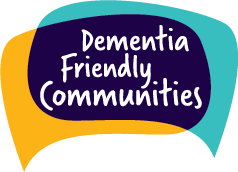Phases to Create a Dementia Friendly Community
Understand the Current State
The first phase in creating a Dementia Friendly Community is to understand the current state and determine your community’s readiness to embark upon this journey. Assessing the current state of your community helps you understand “the big picture”—the composition of the community, and the supports and services currently available to individuals impacted by dementia. While implementing our pilot project at The Brenda Strafford Foundation, we found this phase helped us identify the challenges we needed to address, and helped us see opportunities for improvement.
- Define your “community”
- Collect demographic data about the community
- Identify local groups and services that provide support for people living with dementia
- Collect personal stories and anecdotal information from community members
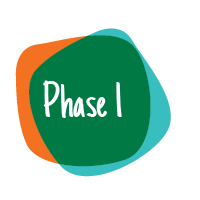
Define the Ideal Future State
Now that you have a clear picture of the current state of your community, the next phase will be to consider how you would like things to be—an “ideal future state.” This will give you concrete and specific goals towards which you can focus your efforts as you implement your Dementia Friendly Community project. It doesn’t have to be a lofty goal. It can be a simple goal to get started and build your momentum.
- Analyze your data
- Engage the community
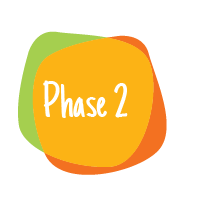
Assemble Your Action Team
Ideally, your action team will be comprised of a group of engaged stakeholders who are invested in overseeing the changes that will impact their community, and who will commit to join you in taking action to drive your Dementia Friendly Community initiative forward.
- Identify and recruit key stakeholders and
- community champions
- Establish a Coordinating Committee
- Assign key roles
- Hold your first Coordinating Committee meeting
- Engage and manage volunteers in supporting roles
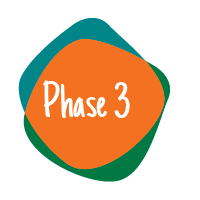
Create a Plan of Action
Now that you have your team in place, it’s time for your Coordinating Committee to start working on your plan of action. How will you take your community from its “current state” to its “ideal future state”?
- Identify your primary areas of focus
- Define specific initiatives and actions
- Assess your financial resources
- Create a timetable for meeting your goals
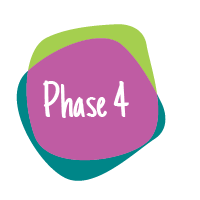
Implement the Plan
During the pilot project, we found that, as we implemented our action plan, there were several important things to consider to increase the likelihood of a successful project. We believe that if you take the following actions while implementing your project, you will achieve greater success:
- Engage local businesses
- Nurture partnerships with local organizations, agencies, and support groups
- Spread the word
- Evaluate and evolve
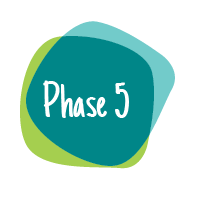
Leave a Legacy
Having worked hard to implement your plan, and having made positive changes to your community, you will want to ensure that the programs and initiatives you created will be sustainable, relevant, and impactful in the long-term. How you will do that depends a lot upon the strength of the partnerships you have formed with key stakeholders, and the extent to which you have inspired and mobilized the community.
To help ensure you will leave your own lasting legacy when your project is complete, we suggest you ask yourself the following questions:
- How will you ensure your key stakeholders will continue to take ownership and accountability for making their services dementia-friendly?
- What ongoing resources (financial and personnel) will be required to ensure your project initiatives will be able to continue?
- What existing services, forums, and events in the community could be leveraged to ensure dementia-friendly considerations become integrated into established processes?
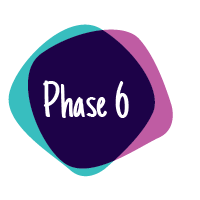
Download the Complete Guide

'A Guide for Creating Dementia Friendly Communities in Alberta'
To find out more about recommended initiatives and activities within these phases, and the lessons we learned by carrying out these activities, download the complete Guide to Creating Dementia Friendly Communities in Alberta.
Download Guide (PDF)
